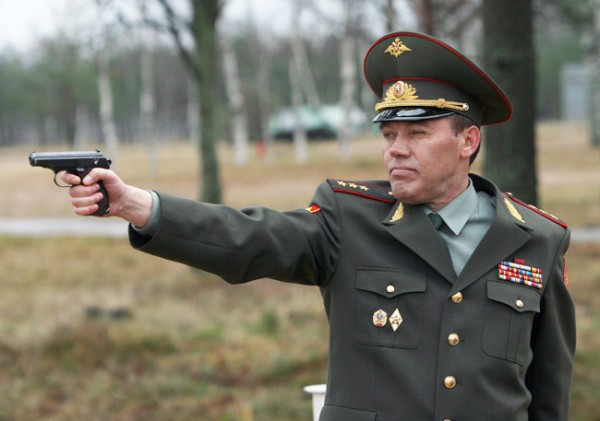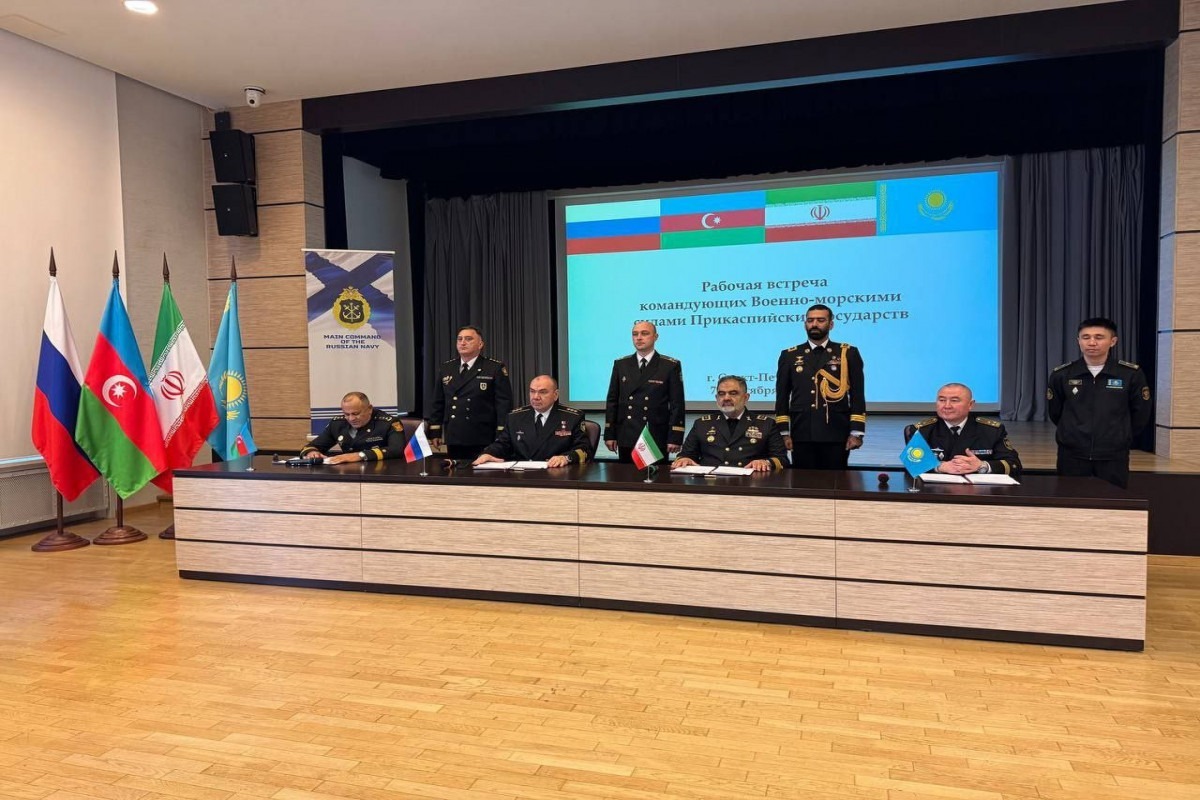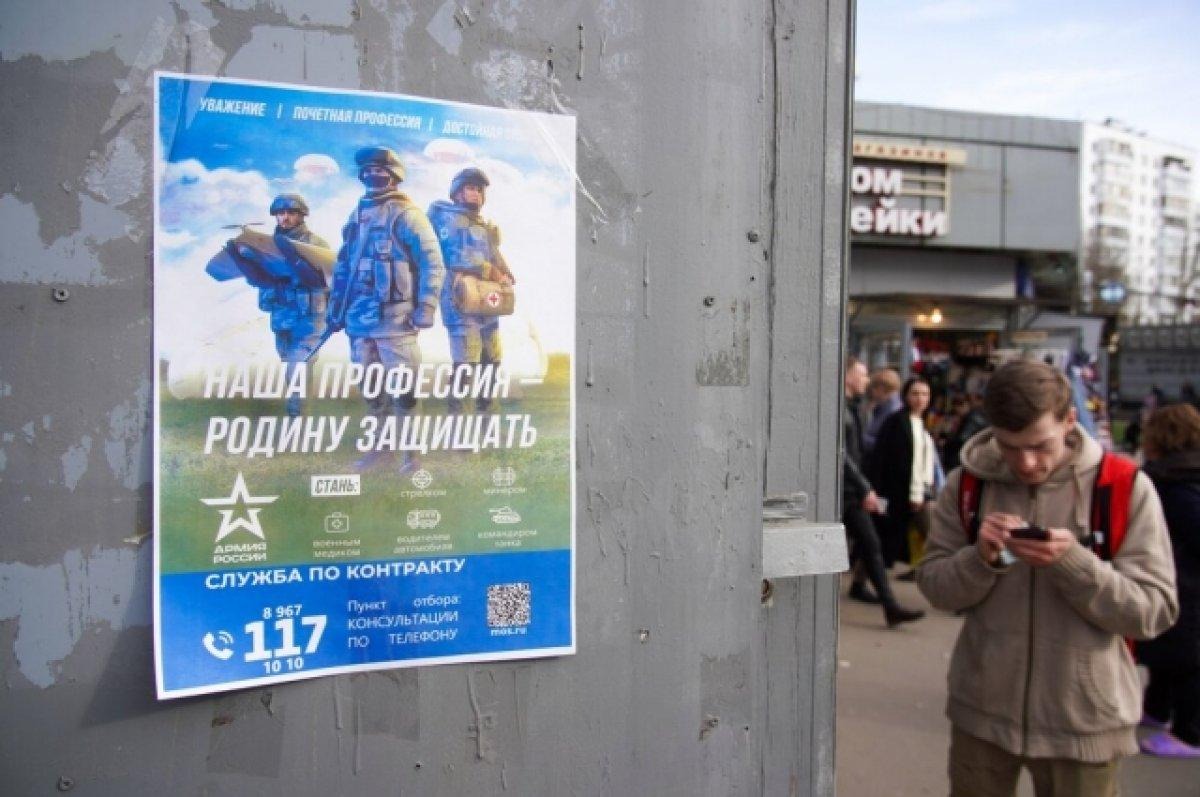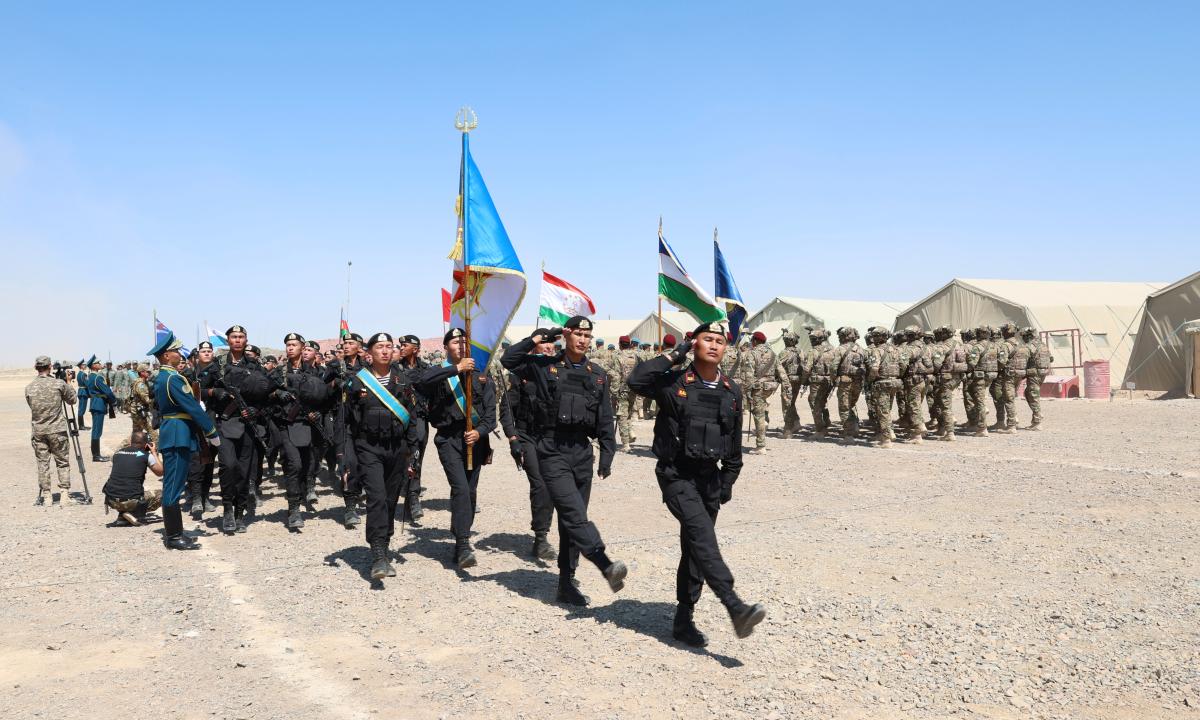
Putin Approves Secret Russian Defense Plan for 2021–2025
Putin Approves Secret Russian Defense Plan for 2021–2025
On November 13, President Vladimir Putin signed a decree (ukaz) “On the Implementation of the Defense Plan of the Russian Federation for 2021–2025” (hereafter, the Plan), which will officially enter into force on January 1 (Pravo.gov.ru, November 13). The Plan—whose history dates back to 1996, when the first post-Communist federal law “On Defense” was formally adopted (Consultant.ru, May 31, 1996)—has the highest level of classification, and its details are never revealed to the general public. According to Russian experts, such a document typically contains a description of the main external risks and threats faced by the Russian state, and it defines and determines strategic areas for the development of the Russian Armed Forces and the realization/implementation of defense and re-armament programs. Moreover, each Plan presumably contains key provisions pertaining to such issues as the order of mobilization and organization of Russia’s so-called “territorial defense” (TASS, November 13)—an element of Russian defense planning specifically highlighted by the chief of the General Staff, Valery Gerasimov, in his articles published in 2013 and 2016 (Vpk-news.ru, February 26, 2013 and March 7, 2016).
Based on bits and pieces of information coming from leading Russian military analysts, the previous defense plan document (2016–2020) apparently concentrated on two main aspects: 1) “increasing the effectiveness of Russia’s strategic nuclear forces” (according to Gerasimov) and 2) stipulating the use of the Armed Forces deployed in the Western Military District (according to Colonel General Andrey Kartapolov) (RIA Novosti, March 2). But while the details of the new (2021–2025) Plan remain classified, some preliminary insights can already be drawn based on comments from a number of Russian officials and representatives of the military-expert community.
According to a member of the “Officers of Russia” military-patriotic movement, Alexander Perendzhiev, the just-approved Plan rests on three major pillars. First, it likely lays out ways to undermine the efficacy of North Atlantic Treaty Organization (NATO) forces operating near Russia’s borders. This may include provisions for boosting Russian capabilities in the realms of command and control (C2), increasing the effectiveness of Russia’s military mobilization capabilities, and executing steps needed for capacity building in the rearmament program. Perendzhiev also noted that, given “growing intelligence collection and reconnaissance activities near Russian borders” conducted by the West, the document may address this subject with an additional special provision. Second, the expert presumed that the new Plan could put emphasis on the special role played by the General Staff given this body’s responsibilities in the realm of military-strategic planning and forecasting. Therefore, in order to increase these capabilities, the document may underscore the necessity of improving military education as a key precondition for boosting the overall number of highly qualified Russian military experts. The third focal issue is likely the quality of Russia’s general (military) infrastructure as an integral part of the state’s overall preparedness to deal with military or irregular threats (Rueconomics.ru, November 13).
A somewhat different opinion on the subject was more recently expressed by Russian State Duma deputy Yelena Panina (Riafan.ru, November 17). According to her, the key element probably emphasized in the Plan pertains to Russia’s strategic nuclear forces. Panina highlighted the visible attention paid by Moscow to the status and condition of its strategic nuclear forces—reflected, for example, in the presidential decree signed on June 2 (Garant.ru, June 3) as well as the decision to create a new C2 center in charge of Russia’s nuclear arsenal (Kommersant, November 11; see EDM, November 18). Therefore, she contended, the Plan almost certainly puts special emphasis on the way (as well as conditions and special circumstances) Russia could utilize its nuclear potential against foreign enemies. Furthermore, Panina acknowledged that the document may clearly articulate that Russia could use its nuclear arsenal preventively—when Russia and its allies (this aspect did not receive any further elaboration) face “existential threats.”
Arguably, the most comprehensive analysis on the subject comes from conservative military observer Viktor Baranets, a member of the Public Council under the Ministry of Defense. In a piece for Komsomolskaya Pravda, he argues that the 2021–2025 defense plan may be premised on the following five themes (Komsomolskaya Pravda, November 13).
First, the document probably describes Russian capacity building in three critical (for national defense) areas: strategic nuclear capabilities (given the United States’ decision to pull out from the Intermediate-Range Nuclear Forces Treaty as well as Washington’s determination to deploy its nuclear missiles in Europe and Asia), outer space, and cyberspace.
Second may be actions in the foreign policy domain that could consist of three main sub-elements:
– Actions along Russia’s southwestern flank, especially given the situation in Belarus, the growing determination of the newly elected Moldovan authorities to expel Russian peacekeepers from their country (Transnistria), and developments in the South Caucasus, where the growing Turkish presence is viewed as a dangerous new development.
– Actions in the Arctic region, considered by Moscow an area of Russia’s strategic dominance but under threat from potential US steps (such as turning the Barents Strait into a choke point) designed to decrease the attractiveness of the east-west Northern Sea Route (NSR) along Russia’s northern coast.
– Plans to increase Russia’s role as a peace broker in major confrontations in Eurasia (Chinese-Indian and Indian-Pakistani conflicts) as a means to boost the country’s international image and prestige.
Third, the Plan may lay out how to preserve Russia’s competitiveness on the global arms market. The document may contain specific measures aimed at preserving Russian dominance in hypersonic weaponry and elaborate new military-technical solutions given the changing nature of war (vividly demonstrated in Libya and the Karabakh conflict).
Fourth could be measures in the realm of economics, given the impact of Western sanctions and the need to increase the effectiveness of Russia’s import-substitution strategy.
Fifth are perhaps measures leveled against so-called “internal/hybrid challenges”—terrorism, growing protest movement, activities of the “fifth column”—that increasingly preoccupy the attention of Russia’s ruling elites.
Although the details of the Plan remain classified, the expert consensus seems to agree that the main focus of the document is likely on how to address the challenges faced by Russia in four separate domains: military-political, geopolitical, geo-economic and “hybrid.” And while the Russian side has enough experience/capabilities to effectively deal with the first two, it is more dubious whether the Plan addresses the subsequent two domains in a genuinely strategic manner.


